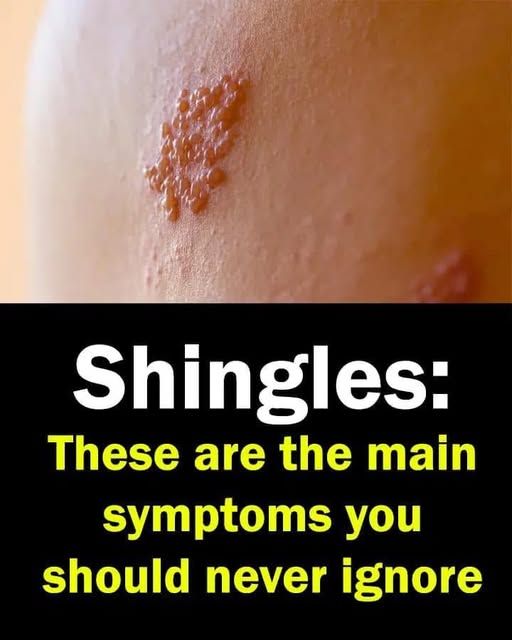
Shingles, medically termed herpes zoster, is a viral infection that stems from the reactivation of the varicella-zoster virus (VZV)—the same pathogen responsible for chickenpox. After an initial chickenpox infection, typically during childhood, VZV can lie dormant within nerve tissues, only to resurface years later as shingles. This condition manifests as a painful rash, predominantly affecting adults over 50, though younger individuals aren’t exempt
Recognizing the Symptoms of Shingles
Shingles often begins with nonspecific symptoms such as headache, fever, and malaise. These are commonly followed by sensations of burning pain, itching, or tingling in a localized area of the skin, known as the prodromal phase. This phase can last several days before the characteristic rash appears.
The rash typically emerges as a band or strip on one side of the body or face, aligning with the affected nerve’s dermatome. Initially presenting as red spots, these lesions evolve into fluid-filled blisters that eventually crust over within 7 to 10 days. Accompanying symptoms may include fever, chills, headache, fatigue, and sensitivity to touch. In cases where the ophthalmic nerve is involved, the eye and surrounding areas can be affected, potentially leading to vision complications.
Potential Complications Associated with Shingles
While many individuals recover from shingles without significant issues, certain complications can arise, particularly in older adults or those with weakened immune systems:
-
Postherpetic Neuralgia (PHN): This is the most prevalent complication, characterized by persistent nerve pain in the area where the rash occurred, lasting for months or even years after the skin has healed.
-
Vision Impairment: When shingles affects the eye (herpes zoster ophthalmicus), it can lead to painful eye inflammation, corneal damage, and potential vision loss if not promptly treated.
-
Neurological Issues: The virus can cause inflammation of the brain (encephalitis), facial paralysis, or hearing and balance problems, such as those seen in Ramsay Hunt syndrome.
-
Skin Infections: Secondary bacterial infections can develop if the blisters are not properly cared for, necessitating medical intervention.
-
Disseminated Zoster: In immunocompromised individuals, shingles can spread beyond the initial area, affecting multiple organ systems and leading to more severe health concerns.
Strategies for Preventing Shingles
Preventative measures are crucial in reducing the incidence and severity of shingles:
-
Vaccination: The recombinant zoster vaccine, Shingrix, is highly effective in preventing shingles and its complications. The Centers for Disease Control and Prevention (CDC) recommends that adults aged 50 and older receive two doses of Shingrix, administered 2 to 6 months apart. This recommendation applies regardless of prior shingles episodes or previous vaccination with Zostavax.
-
Healthy Lifestyle Choices: Maintaining a robust immune system through a balanced diet, regular exercise, adequate sleep, and stress management can help reduce the risk of VZV reactivation.
-
Prompt Medical Attention: Early intervention with antiviral medications, ideally within 72 hours of rash onset, can mitigate the severity and duration of shingles, as well as decrease the likelihood of complications.
Understanding shingles—its symptoms, potential complications, and preventive strategies—is essential for safeguarding one’s health. Vaccination remains the most effective defense, complemented by healthy lifestyle practices and timely medical care when necessary.





